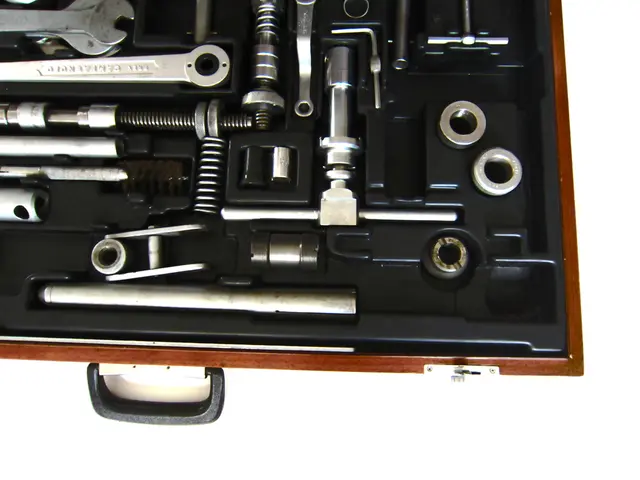LIMS Demand Rises: Configuration vs Customization
The demand for flexible and cost-effective Laboratory Information Management Systems (LIMS) is on the rise, sparking discussions about the best approach: configuration or customization. This choice significantly impacts maintenance, implementation time, and overall cost.
Clarkston Consulting, a leading provider of LIMS services, primarily caters to pharmaceutical, biotechnology, and medical device companies. These clients often grapple with the decision between configuring and customizing their LIMS systems.
Configured systems offer several advantages. They are easier to maintain, update, and are more compatible with software upgrades. This is due to the use of out-of-the-box (OOB) capabilities, which also speeds up implementation time. However, customizations can make maintenance and scaling more complex due to unique system integrations. Moreover, customization requires extensive testing and validation, often leading to longer implementation timelines.
LIMS configuration involves tailoring the system to meet specific lab needs without altering core functionality. This approach is less costly initially and over the system's lifespan. The global LIMS market is projected to grow at a CAGR of 10.60% until 2031, reflecting the increasing importance of these systems.
Customization, on the other hand, involves modifying core software or creating new functionality not achievable through configuration. The general guideline is to configure the system for ease of use and customize only when necessary to minimize complexity and costs.
As the demand for LIMS systems grows, so does the need for careful consideration of configuration versus customization. Each approach has its advantages and drawbacks, and the choice ultimately depends on the specific needs and resources of the organization.







